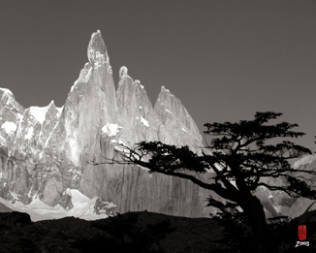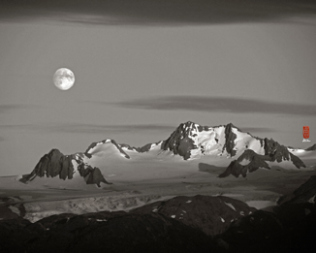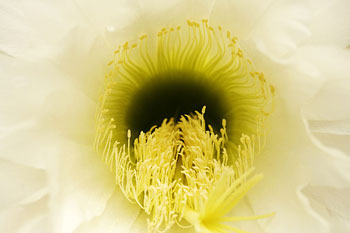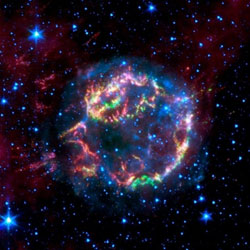Several months ago I received review copies of Tom Reed's two exquisite photography & text books, the hardback Granite Avatars of Patagonia (2009) and recently released paperback Moved by a Mountain: Inspiration from an Alpine View in Alaska (2013).

The idea was to review them for Gatherings, the online Ecopsychology journal I co-founded and have edited for most of the last decade.
Due to travel, work deadlines, and the ordinary extraordinary catastrophes and celebrations of everyday life, it's taken me all this time to finish the reviews. But I have to say that the books are both so stunning that I only hope the reviews do enough justice to their profound beauty that there will be a rush on orders when everyone wants their own copy for Christmas (and the author will forgive my tardy delivery).

Anyway, I thought I'd include some of the images and links to my reviews here in the Beauty Dialogues as well, since Reed's search for the deeper meaning and purpose of beauty resonates so deeply with me and is what this blog is all about.
Speaking of which, here's Tom Reed at TedX in Homer Alaska, speaking on "Natural Beauty and Aesthetic Arrest".
Read my full reviews (including some wonderful quotes) of these fabulous inspiring books here (or just cut to the chase and buy your copies now – I guarantee you won't be disappointed):
Moved by a Mountain: Inspiration from an Alpine View in Alaska
My Review
Buy Now




Welcome!